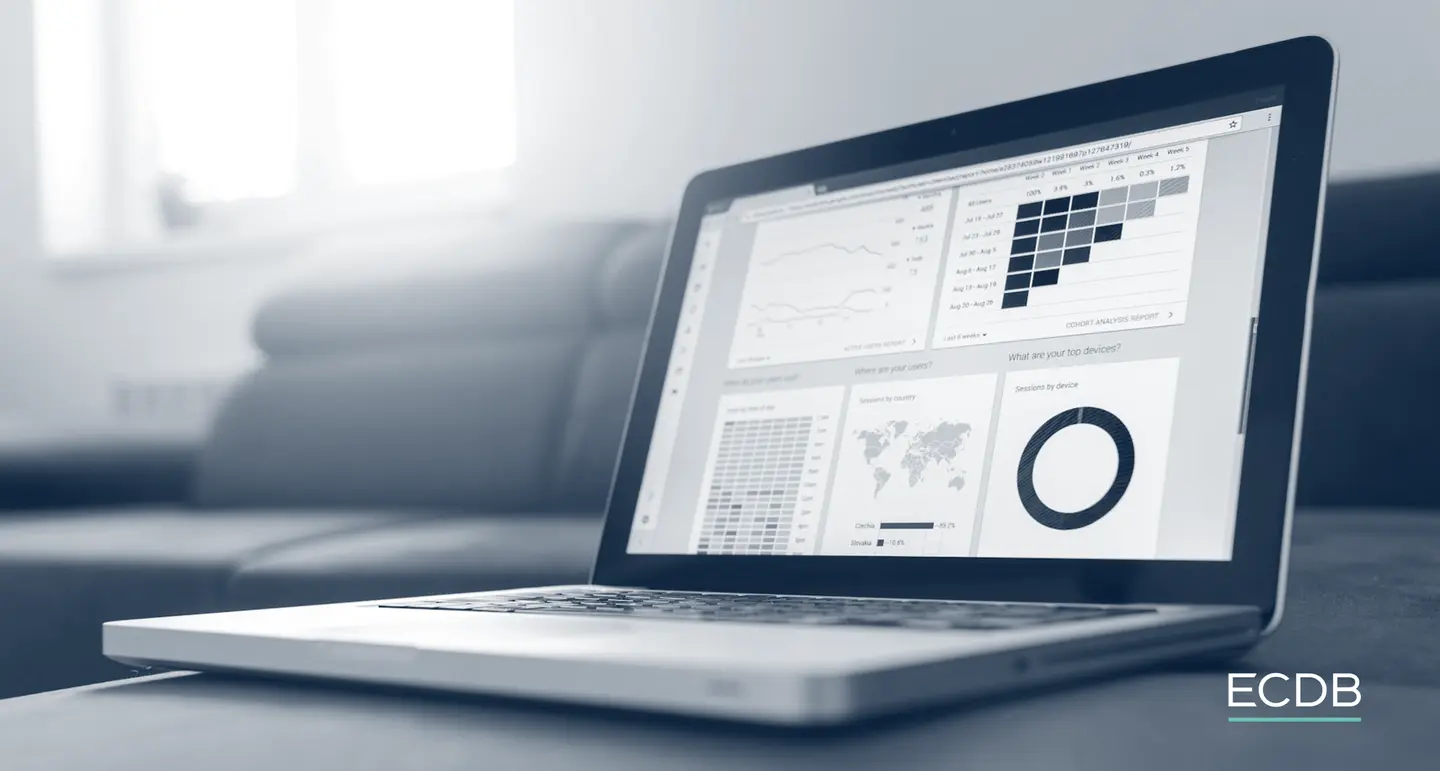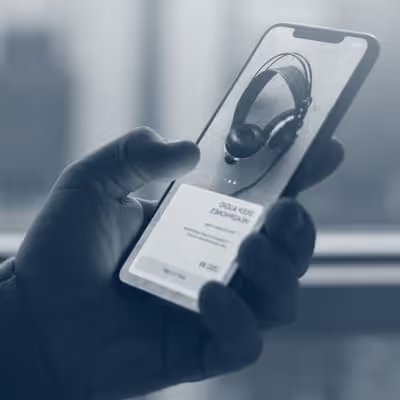Mobile Commerce
Mobile Commerce: Meaning, Usage & Benefits
The use of mobile phones for online transactions is accelerating. Find out what mobile commerce is, its multiple usages, and the benefits it offers.
Many people shop online or engage in online banking through their smartphones today. The flexibility to shop, pay, and bank – all from a handheld device – is made possible by the technology called mobile commerce.
What is mobile commerce all about? What are its applications and benefits? Read on to find out.
What Is Mobile Commerce?
Mobile commerce, also known as mCommerce, is the business of buying and selling goods and services on the internet using mobile devices such as smartphones and tablets.
It involves using mobile technology to complete a transaction, usually through a mobile app or website, where users can browse products, place orders, and make payments directly from their mobile devices.
Today, people have smartphones as well as easy internet access. Instead of sitting down in front of a computer to shop or visiting a bank branch to pay, they prefer carrying out the necessary processes on-the-go. The rise of mobile devices and mobile internet usage has accelerated mobile commerce across the world.
Mobile commerce enables businesses to reach and engage with customers in new ways. To users, it provides the convenience of shopping and paying from anywhere and at any time.
Where Is Mobile Commerce Used?
Mobile commerce enables seamless interaction between businesses and customers. The various commercial activities that mobile commerce facilitates include:
- Online shopping: Users can shop for what they need through their mobile device using apps. Marketplaces like Amazon and eBay have dedicated apps using which people can purchase a wide variety of items. Retailers such as Walmart or Target also offer custom apps through which users can directly shop with them. These apps allow people to browse, buy, and pay securely through their phones.
- Payment wallets: Through mCommerce, users can skip traditional payment methods like a credit or debit card. Instead, they can conduct transactions digitally through payment wallets like PayPal and Google Pay. They can use this facility to pay for online as well as in-store shopping. The apps store users’ card information and facilitate fast and secure payments. In addition to bank accounts, they also allow users to send funds to cell phone numbers.
- Banking and financial services: Users can carry out their financial or bank-related transactions from their phone screens. They can send money, pay utility and other bills, track their account balance, and even indulge in stock trading effortlessly. Banks now offer dedicated mobile apps to their customers which ensure secure receipt and transfer of funds in real time.
Difference Between mCommerce and eCommerce
As established, mobile commerce is the process of conducting financial transactions through a mobile device. eCommerce refers to the model of selling and purchasing goods and services online.
M-Commerce and eCommerce may appear similar, and with good reason. M-commerce is a branch or sub-set of eCommerce. But there are key differences between the two, including:
- Device: mCommerce is specifically conducted through a mobile device, like a smartphone or tablet. On the other hand, eCommerce can be conducted from a desktop computer or laptop as well.
- Portability: mCommerce is a more portable way to conduct commercial transactions than eCommerce. People who wish to carry out their financial activities when on the go – such as in the train or away from a laptop – can easily use mCommerce services.
- Technology: mCommerce often uses more advanced technology including push notifications, GPS-based location tracking, and NFC which enables contactless payments. In contrast, eCommerce platforms may use traditional web technologies that are not mobile-specific.
- Security: mCommerce uses state-of-the-art technologies such as biometric authentication, QR codes, or multi-level authentication before users can conduct financial transactions. This prevents issues like data breaches and identity thefts. In eCommerce, traditional payment methods like credit or debit cards still dominate, which are comparatively less secure.
Benefits of Mobile Commerce
mCommerce makes business processes faster, easier, and more convenient. The many benefits it provides include:
- Accessibility: mCommerce is available to users round the clock. Its accessibility is better because of its mobility. With people glued to smartphones these days, mCommerce emerges as the most accessible service through which businesses can reach and connect with their customers anywhere and at any time.
- Shop on-the-go: mCommerce empowers people to shop no matter where they are – in the park, on the train, or in the gym. They do not need to carry a laptop or even payment cards anymore in order to make payments.
- Personalized experience: mCommerce leverages GPS to offer location-based services to users. With data about a user’s location in hand, businesses can send targeted promotions and push notifications. It enables a personalized customer experience.
- Enhanced customer experience: mCommerce increasingly adopts new technologies, such as AI-enabled chatbots, image search, and messenger apps. This enables users to interact with a business easily and promotes an enhanced customer experience.
- Versatile payments: mCommerce provides great flexibility in terms of payment. There is a wide variety of digital wallets available today, each of which allows one-click payment for services and goods that a customer wishes to buy. This makes the process of checkout easier and faster.
Mobile Commerce: Key Takeaways
- Mobile commerce, also called mCommerce, refers to the process of conducting business transactions through a mobile device.
- Easy availability of smartphones and internet penetration drives mobile commerce adoption amongst users worldwide.
- Mobile commerce has various applications, including online shopping, digital payment wallets, and banking and financial services. People can use m-commerce to buy products, send money, pay bills, and conduct contactless payments in-store.
- Mobile commerce is a subsection of eCommerce. While eCommerce uses more traditional methods, m-commerce integrates more advanced technologies, and is more secure and personalized. It is also more portable than eCommerce.
- Mobile commerce offers benefits such as accessibility and payment flexibility. The user experience in mCommerce is also more personalized.
Glossary entries with M
Back to





